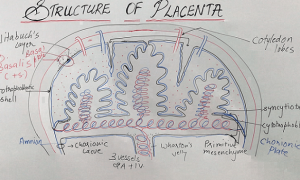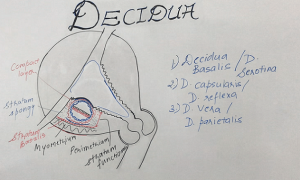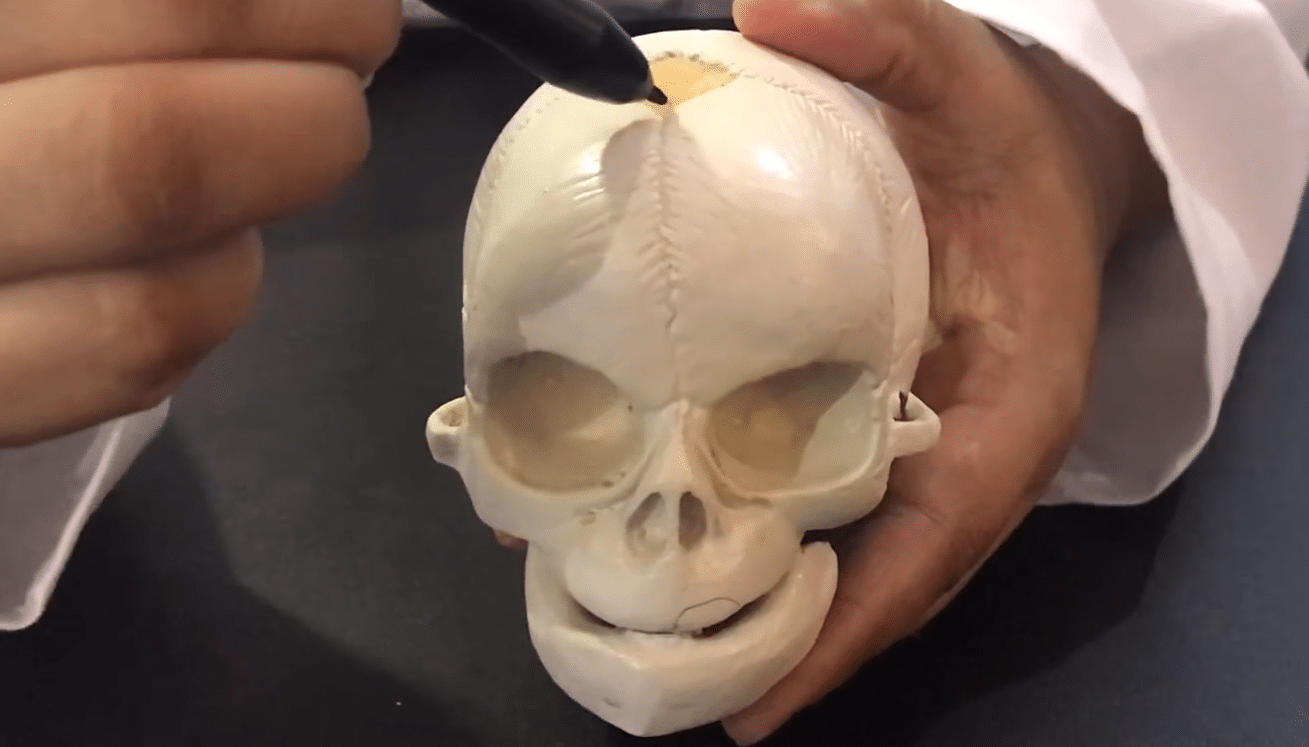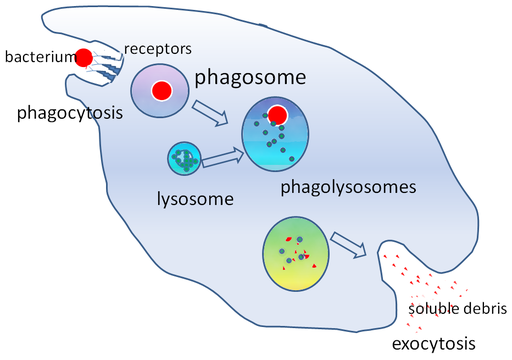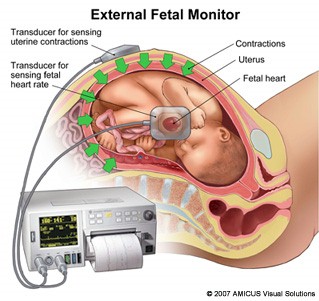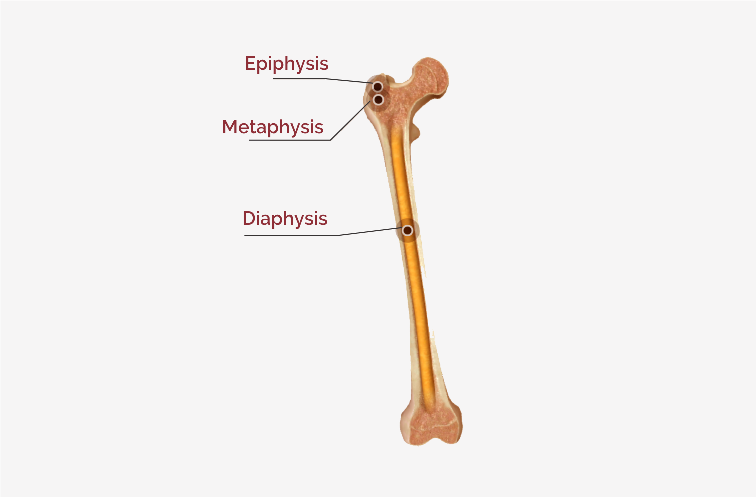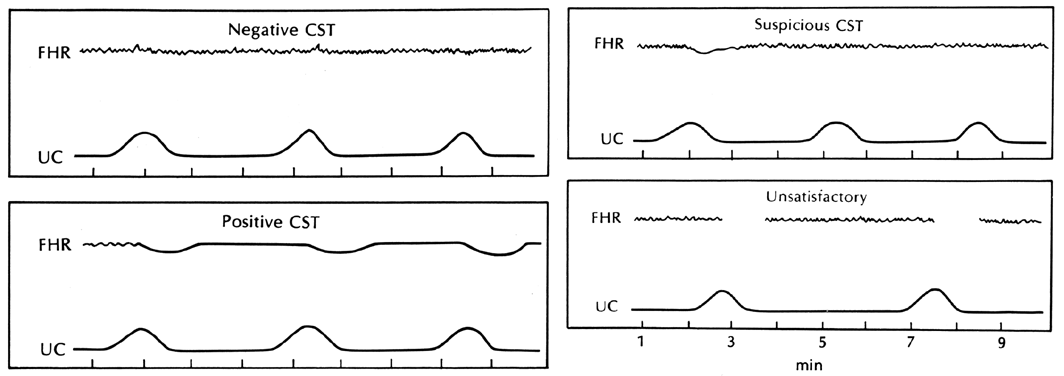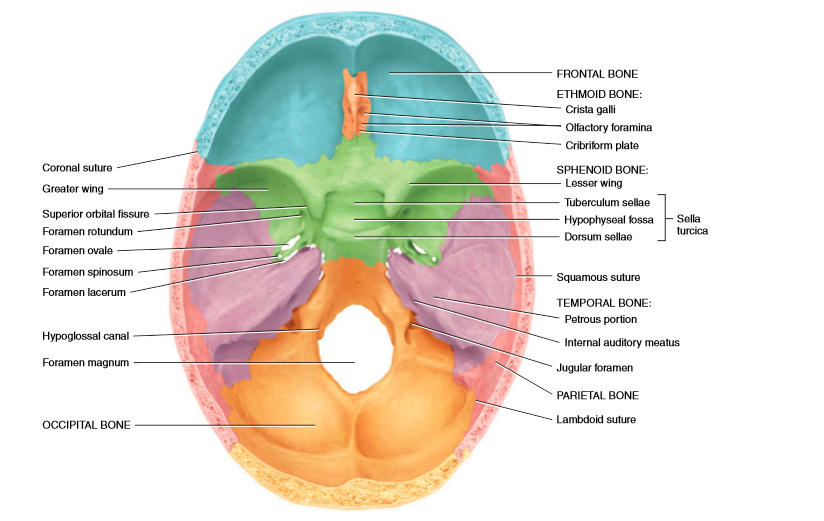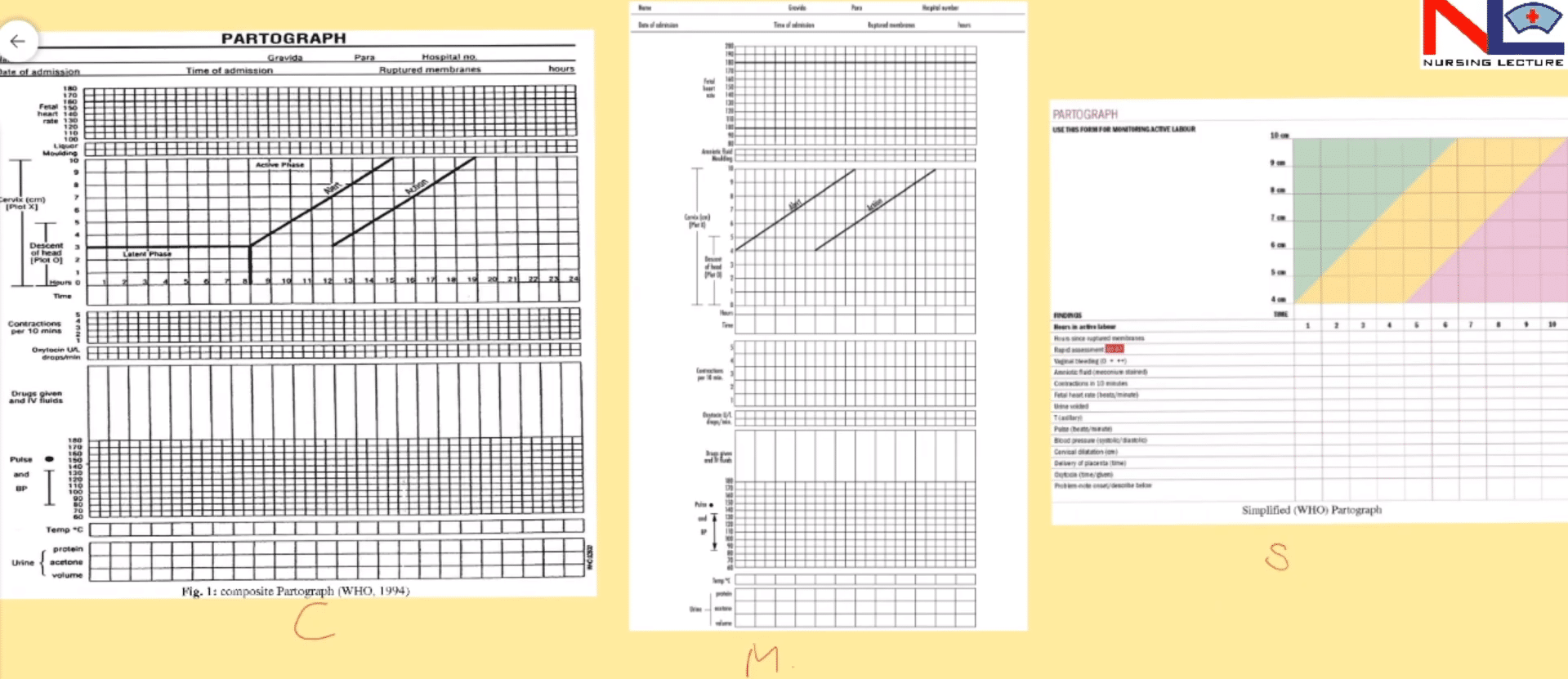Normal Labour / Eutocia
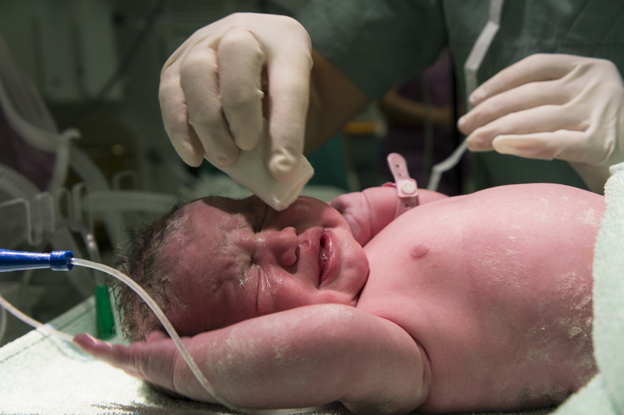
Labour is defined as a series of events that takes place in the female genital organs in an effort to expel the viable products of conception out of the uterus through the vagina into the outer world.
-A parturient is a woman in labour and parturition is the process of giving birth.
-One another term delivery is not a synonym to labour as delivery can occur without labour as it is the expulsion of fetus spontaneously through the vagina or the extraction of the fetus through the assisted aid by an abdominal route like in caesarean section.
The normal labour fulfils certain criteria-
-Spontaneous in onset at term
-Vertex presentation
-Without undue prolongation
-Natural termination with minimal aids
-Without having any complication affecting the health of the fetus or a mother
When any of these above criteria is not fulfils then it is said to be abnormal labour or dystocia.
The date of the onset of labour (EDD, Expected date of delivery) is calculated by a Naegele’s formula that is by adding 9 months and 7 days to the first day of the last menstrual period (LMP). Ex- If LMP is 3rd January 2019 then EDD will be +9month & 7 days =10th October 2019.
STAGES OF LABOUR
The events of labour are divided into 4 stages-
First stage of Labour (Cervical stage)- It starts from the onset of true labour pain and ends with full dilatation of the cervix. Its duration is about 12 hours in primigravidae and 6 hours in multiparae.
Second stage of Labour– It starts from the full dilatation of the cervix and ends with the expulsion of the fetus from the birth canal and it has 2 phases-
- Propulsive phase– Starts from the full dilatation up to the descent of the presenting part to the pelvic floor.
- Expulsive phase- It starts with maternal bearing down efforts and ends with the delivery of a baby.
The duration of this stage of labour is 2 hours in primigravidae and 30 minutes in multigravidae.
Third stage of labour– This stage begins after the expulsion of the fetus and ends with the expulsion of the placenta and its membranes. Its average duration is about 15 minutes in both primigravidae and multigravidae.
Fourth stage of labour– This stage is for the observation of at least an hour after the expulsion of afterbirths, the general condition of the mother the behaviour of the uterus is observed.
Prelabour / premonitory stage
It may begin 2-3 weeks before the onset of true labour in primigravidae and few days before in multigravidae.
Its features are-
-lightening in which few weeks prior to the onset of labour the presenting part descents into true pelvis thus reduces the fundal height and minimizes the pressure on the diaphragm so mother feels a sense of relief but the engaging part otherwise causes micturition and constipation as the pressure on the bladder and the rectum increases. It is also known as a welcome sign.
-Few days prior to the onset of labour cervix become ripe, that is soft, dilatable to admit the finger and the length is <1.5 c.m.
-There is an appearance of false pain as it is dull, confined to the lower abdomen, without hardening of the uterus, no effects on dilatation and effacement of cervix & the pain is reduced by enema and sedatives.
True labour pain has the following characteristics-
-Uterine contractions come at a regular interval, frequency, intensity, and the duration increases gradually and the pain is more forward toward the abdomen and radiating toward the thighs.
-It is associated with the show, it is a cervical mucus plug mixed with blood as because of dilatation there is stretching so the membranes become detach from the decidua, or the blood oozed out from ruptured capillaries which mix with the cervical secretion.
-There are progressive effacement and dilatation of the cervix that corresponds with the stretching of the uterus and it begins in the upper region than in the lower region.
– There is a descent of the presenting part.
-Formation of a bag of forewater, as the stretching of the lower uterine segment, occurs the fetal membranes become detach to the decidua and it bulges into the dilating cervical canal as it contains the liquor which is passed below the presenting part, and at the time of uterine contraction, it becomes convex and tense due to the rise of intraamniotic pressure.
-This pain is not relieved by enema or sedatives.
Download the App: Android App
For more Lectures, please visit-
YouTube Channel – NursingLecture
Facebook – Facebook Page

